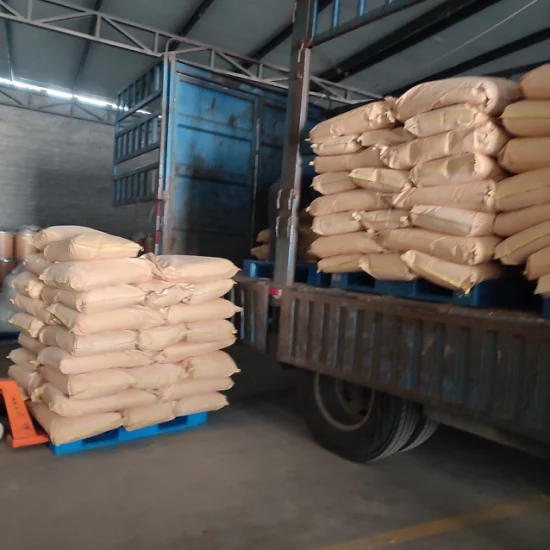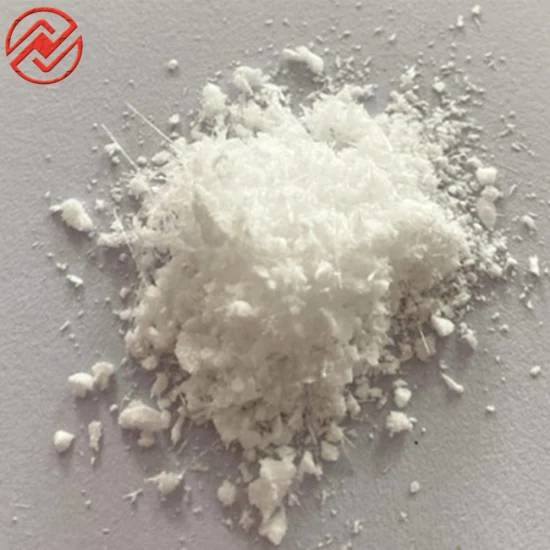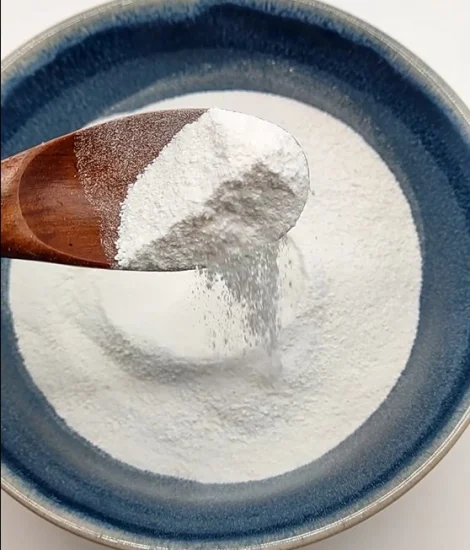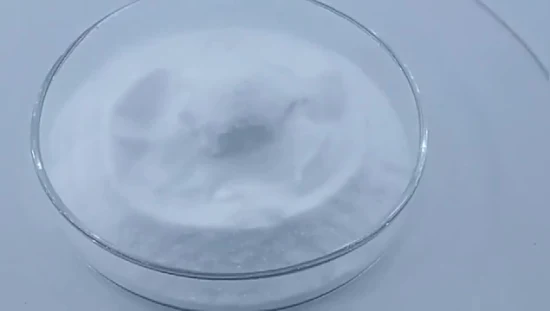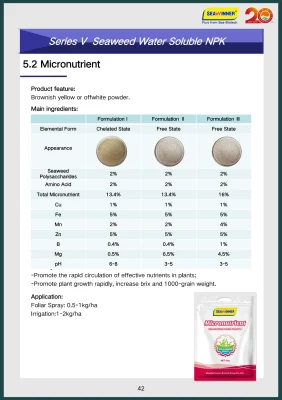
Ocean Raw Materials Organic Trace Element Chelated Micronutrient
Description
Basic Info
| Model NO. | Pure seaweed extract |
| Certification | ISO9001, ISO |
| Application | Vegetables, Flowers, Fruit |
| Appearance | Powder |
| Infection on Soil | Physiological Neutral |
| Chemical Character | Chemical Neutral |
| Release Type | Quick |
| Compound Type | Chelate Fertilizer |
| Nutrient Composition | Mixed Fertilizer |
| Type | Micronutrient |
| Element Form | Chelated State |
| Seaweed Polysaccharides | 2% |
| Amino Acid | 2% |
| Total Micronutrients | 13.4% |
| Cu | 1% |
| Fe | 5% |
| Mn | 2% |
| Zn | 5% |
| Transport Package | Bags |
| Specification | 5kg |
| Trademark | Micro nutrients |
| Origin | China |
| Production Capacity | 5000000kg/Year |
Product Description
FOLIAR FERTILIZER
In foliar fertilization, the fertilizer is sprayed directly on the leaves of the plant, making the nutrients immediately available to the plant's use.
Foliar application is an efficient way of correcting micronutrient deficiencies in plants. In addition, they can also be applied along with NPK-fertilizers through the soil. The most effective method of increasing micronutrient content is by application through combined foliar and soil fertilization.
By using foliar fertilization, the nutrients are immediately absorbed by the plant for use, allowing any nutrient deficiencies to be corrected quickly and efficiently.
What are Chelated Micronutrients? Chelated micronutrients are fertilizers where the micronutrient ion (for example Fe or iron) is surrounded by a larger molecule called a ligand or chelator. Ligands can be natural or synthetic chemicals. These compounds combined with a micronutrient forms a chelated micronutrient.
Plant nutrients are one of the environmental factors essential for crop growth and development. Nutrient management is crucial for optimal productivity in commercial crop production. Those nutrients in concentrations of = 100 parts per million (ppm) in plant tissues are described as micronutrients and include iron (Fe), zinc (Zn), manganese (Mn), copper (Cu), boron (B), Mg, Micronutrients such as Fe, Mn, Zn, and Cu are easily oxidized or precipitated in soil, and their utilization is, therefore, not efficient. Chelated fertilizers have been developed to increase micronutrient utilization efficiency. This publication provides an overview of chelated fertilizers and considerations for their use to county Extension faculty, certified crop advisers, crop consultants, growers, and students who are interested in commercial crop production.
WHAT IS CHELATED FERTILIZER?
The word chelate is derived from the Greek word chelé, which refers to a lobster's claw. Hence, chelate refers to the pincer-like way in which a metal nutrient ion is encircled by the larger organic molecule (the claw), usually called a ligand or chelator. Table 1 lists common natural or chemical synthetic ligands (Havlin et al. 2005; Sekhon 2003). Each of the listed ligands, when combined with a micronutrient, can form a chelated fertilizer. Chelated micronutrients are protected from oxidation, precipitation, and immobilization in certain conditions because the organic molecule (the ligand) can combine and form a ring encircling the micronutrient. The pincer-like way the micronutrient is bonded to the ligand changes the micronutrient's surface property and favors the uptake efficiency of foliarly applied micronutrients.
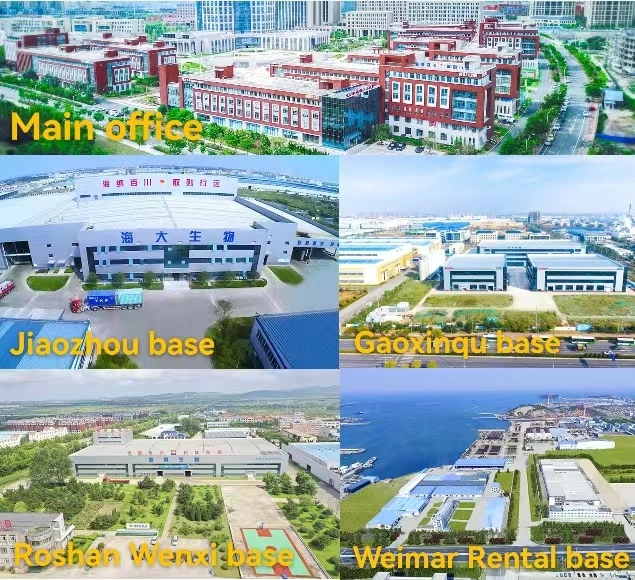
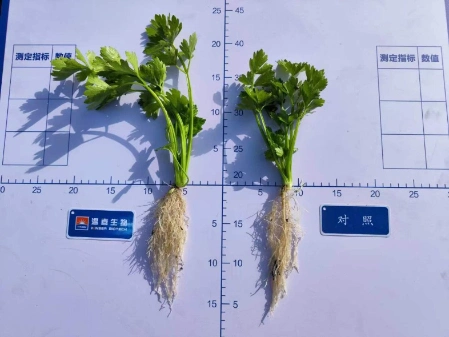
Prev: Basic Organic Chemicals 99% Styrene / Styrene Monome for Sale
Next: Quality Basic Organic Chemicals Sulfonated Melamine Formaldehyde Melamine
Our Contact


